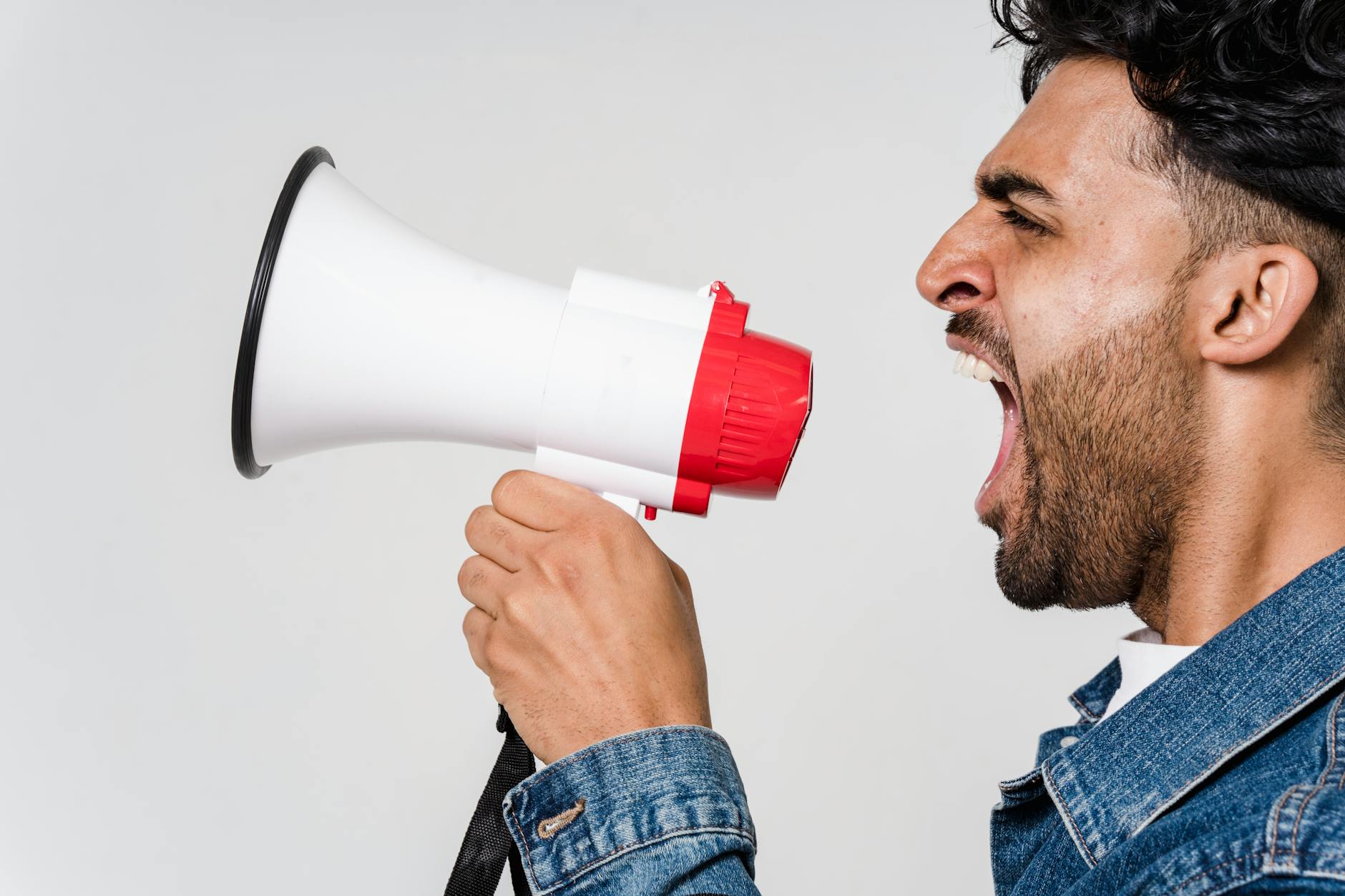
Noise Safety HSE Training
Slide 1: Noise Safety – HSE Training
Presented by: HSE STUDY GUIDE
Date: 25/04/2025
Good morning team!
I hope everyone is doing well today. Before we start the day, let’s take a few moments to talk about something that’s often around us but easy to ignore — Noise.
We hear it everywhere — from tools, machines, vehicles, alarms, even people shouting. But when it gets too loud or lasts too long, it becomes a hazard — and that’s where Noise Safety comes in.
Slide 2: Training Objectives
By the end of this session, you will:
- Understand what occupational noise is
- Learn about the dangers of noise exposure
- Recognize when noise becomes a hazard
- Know how to protect your hearing
- Learn the importance of monitoring and reporting noise hazards
Slide 3: Why Noise Safety Matters
Let’s talk about why this matters.
Excessive noise can:
- Cause permanent hearing loss
- Lead to tinnitus (ringing in the ears)
- Increase stress and fatigue
- Affect communication and focus
- Lead to accidents due to missed warnings or alarms
And here’s the scary part: hearing loss from noise exposure is permanent — but 100% preventable.
Slide 4: How Loud is Too Loud?
Let’s break it down:
- Normal conversation: 60 dB
- Busy traffic: 85 dB
- Power tools: 90–110 dB
- Jackhammer: 120 dB
- Jet engine at takeoff: 140 dB
OSHA considers anything 85 dB and above over an 8-hour shift to be hazardous. If you have to shout to be heard at arm’s length, it’s too loud.
Slide 5: Health Effects of Noise Exposure
Prolonged exposure can lead to:
- Permanent hearing loss
- Tinnitus – constant ringing or buzzing
- Fatigue and irritability
- Increased heart rate and blood pressure
- Trouble with balance and focus
And remember — hearing damage doesn’t always happen overnight. It can creep in slowly over time.
Slide 6: Sources of Hazardous Noise at Work
Here’s where you might be exposed:
- Power tools and machinery
- Generators and compressors
- Construction equipment (like jackhammers and saws)
- Engines, pumps, and exhaust systems
- Metal cutting, grinding, hammering
- Alarm systems or sirens
Identify these areas and take precautions.
Slide 7: Engineering Controls
Let’s talk solutions — starting with engineering controls.
These are changes to the environment or equipment, such as:
- Installing sound barriers or acoustic panels
- Using quieter tools or machines
- Enclosing noisy equipment
- Regular maintenance to reduce mechanical noise
- Adding vibration dampers or silencers
Controlling the source is always the first choice.
Slide 8: Administrative Controls
If we can’t fix the noise source, we manage how people are exposed.
This includes:
- Rotating workers to limit exposure time
- Scheduling noisy work when fewer people are present
- Posting warning signs in high-noise zones
- Providing training on noise hazards
- Monitoring noise levels regularly
Limiting time in noise is key.
Slide 9: Personal Protective Equipment (PPE)
When all else fails, PPE is your last line of defense.
Use:
- Earplugs – for lower to moderate noise
- Earmuffs – for higher levels or combined with earplugs
- Custom-fit hearing protection – for consistent use
Tip: Proper fit is everything. If it’s not worn correctly, it won’t protect your hearing.
Slide 10: Hearing Conservation Program
If noise levels reach 85 dB or more, a Hearing Conservation Program is required:
- Regular hearing tests for exposed workers
- Monitoring of noise levels
- Training and education
- Access to PPE
- Recordkeeping and follow-ups
It’s not just about rules — it’s about long-term health.
Slide 11: Real-World Case
Let me share a real case…
A maintenance technician worked around compressors for years without consistent hearing protection. One day he noticed he couldn’t hear his coworkers unless they shouted. A test revealed permanent hearing loss.
The worst part? He had earplugs in his pocket — but didn’t wear them.
Let’s not repeat that mistake.
Slide 12: Signs of Hearing Damage
Here’s what to watch for:
- Ringing or buzzing in your ears after work
- Needing to turn up the volume on devices
- Trouble hearing conversations, especially in noisy places
- Muffled or distorted hearing
If you notice any of these signs — report it right away.
Slide 13: Your Role in Noise Safety
You play a huge part in keeping your hearing safe:
- Know where high-noise areas are
- Wear your hearing protection — every time
- Check equipment for excessive noise or vibration
- Report noisy areas or damaged PPE
- Encourage your team to stay protected
Protect your ears — they don’t grow back.
Slide 14: Key Takeaways
Let’s wrap up what we’ve learned:
- Noise over 85 dB can cause permanent hearing damage
- Hearing loss is invisible and irreversible
- Engineering and administrative controls come first
- PPE should always be worn correctly
- Don’t wait for symptoms — act early
Your hearing matters. Let’s protect it together.
Slide 15: Quick Quiz or Q&A
Let’s test what you remember!
Question: If you have to shout to talk to someone at arm’s length, what should you do?
(Pause — expected answer: Wear hearing protection and report noise level.)
Great! Any questions or experiences you’d like to share?
Slide 16: Thank You
Thanks for your time and attention today.
Let’s commit to making Noise Safety a habit — not an afterthought.
For more safety tips and training, follow HSE STUDY GUIDE on YouTube.
Stay alert. Stay protected. And most importantly — protect your hearing for life.
Ergonomics Safety HSE Training